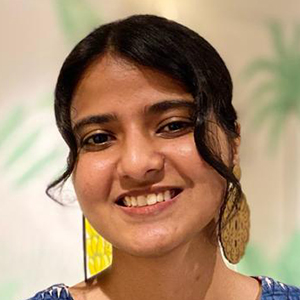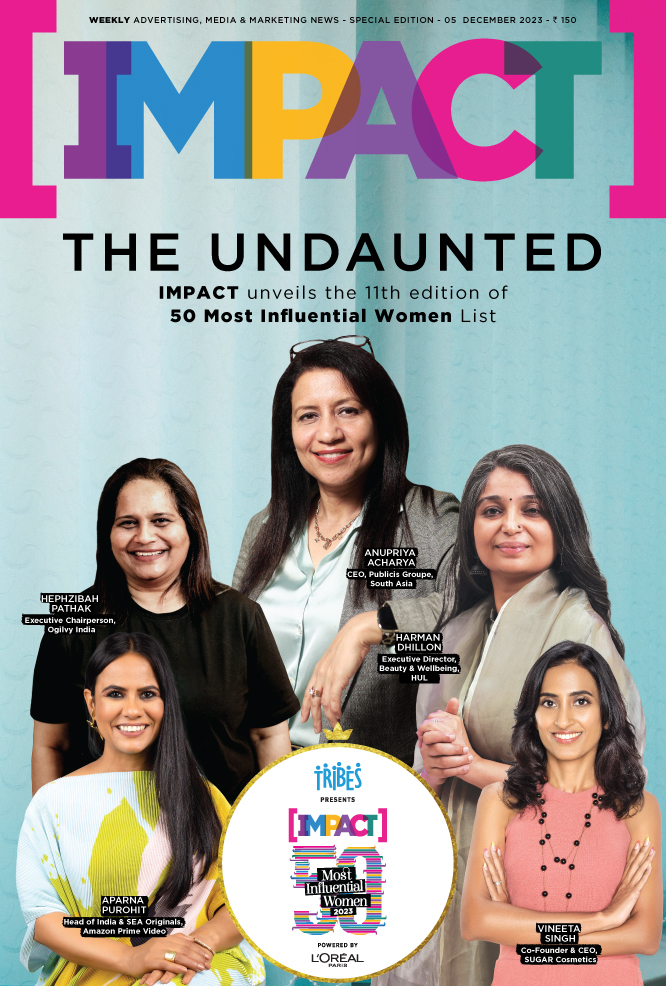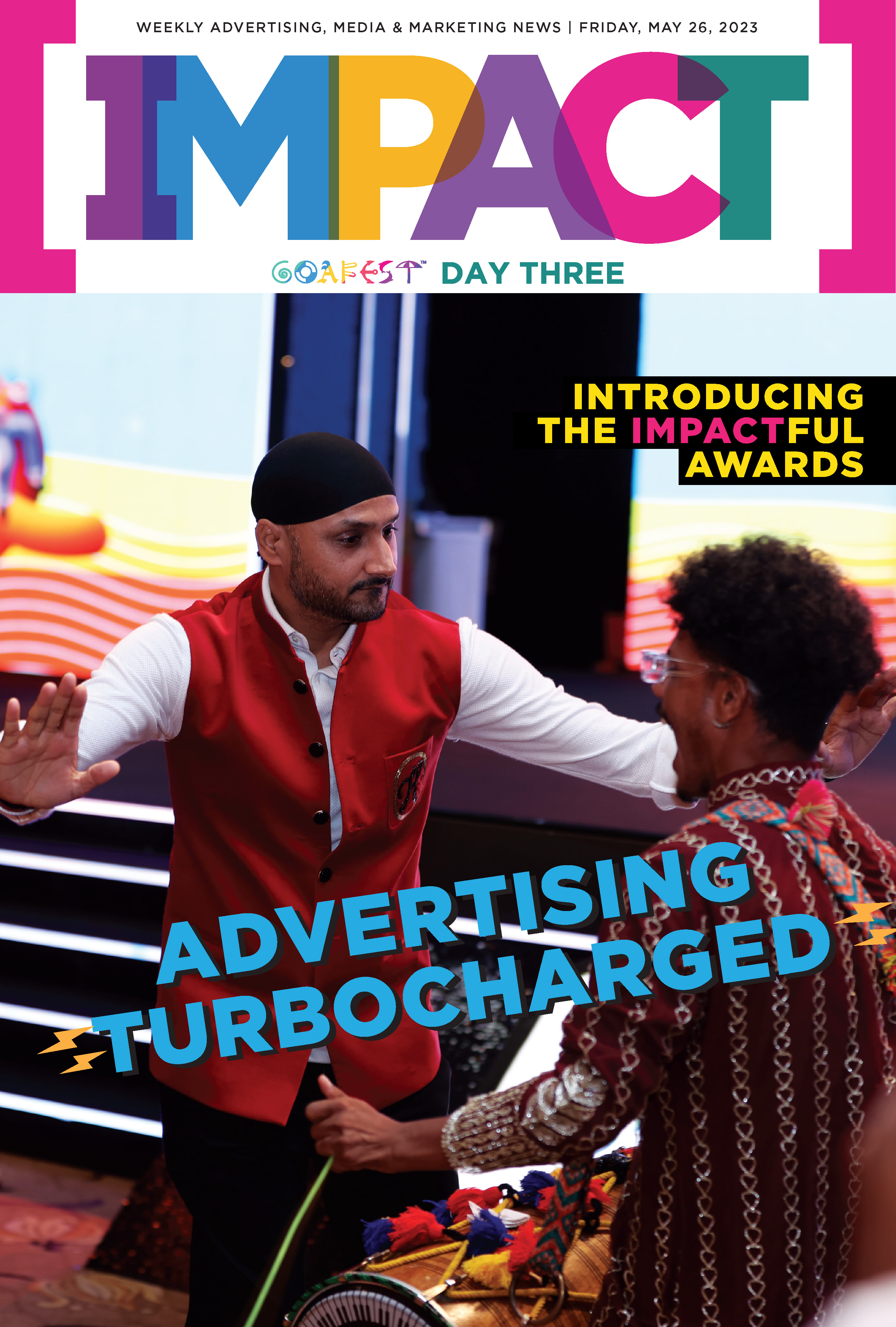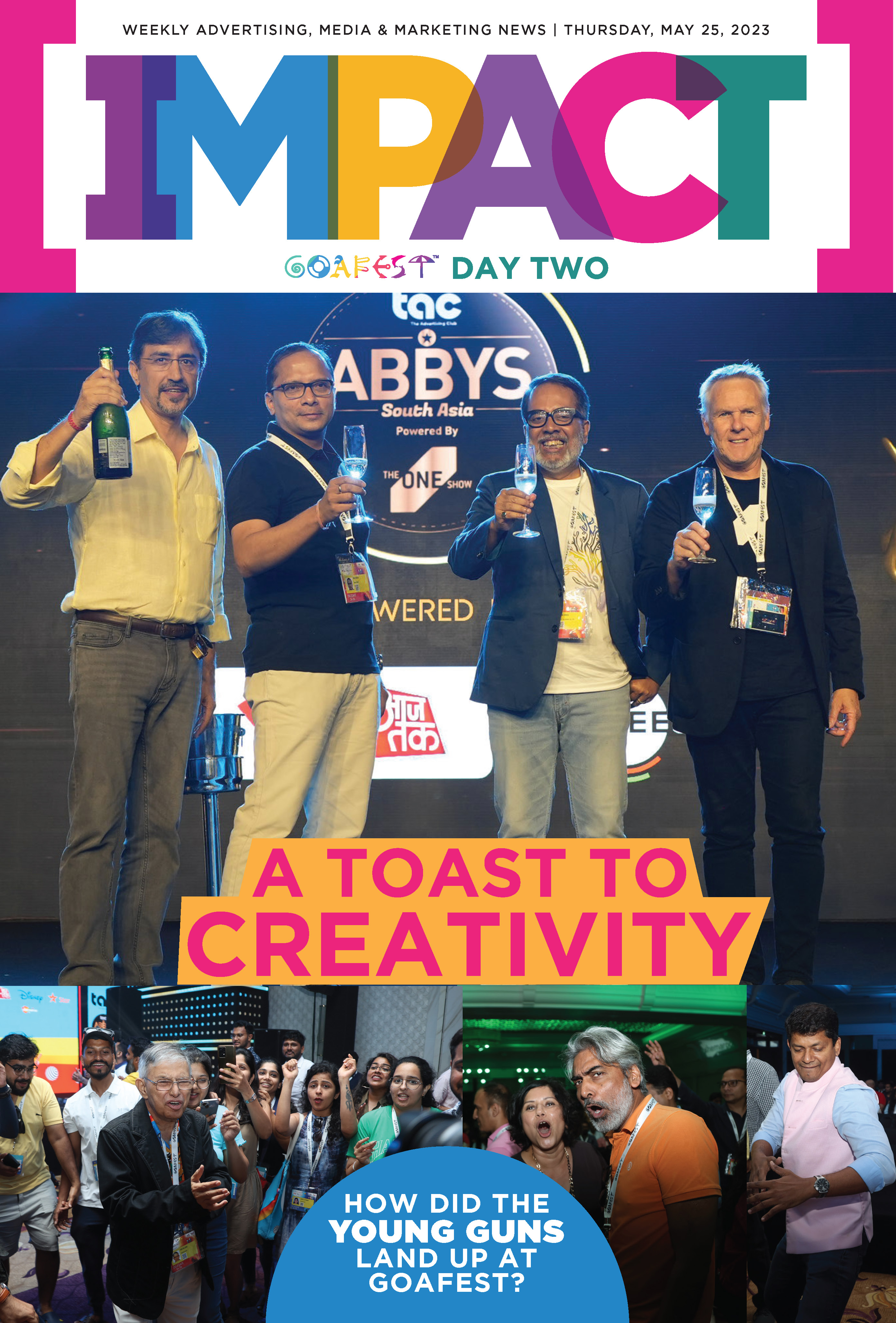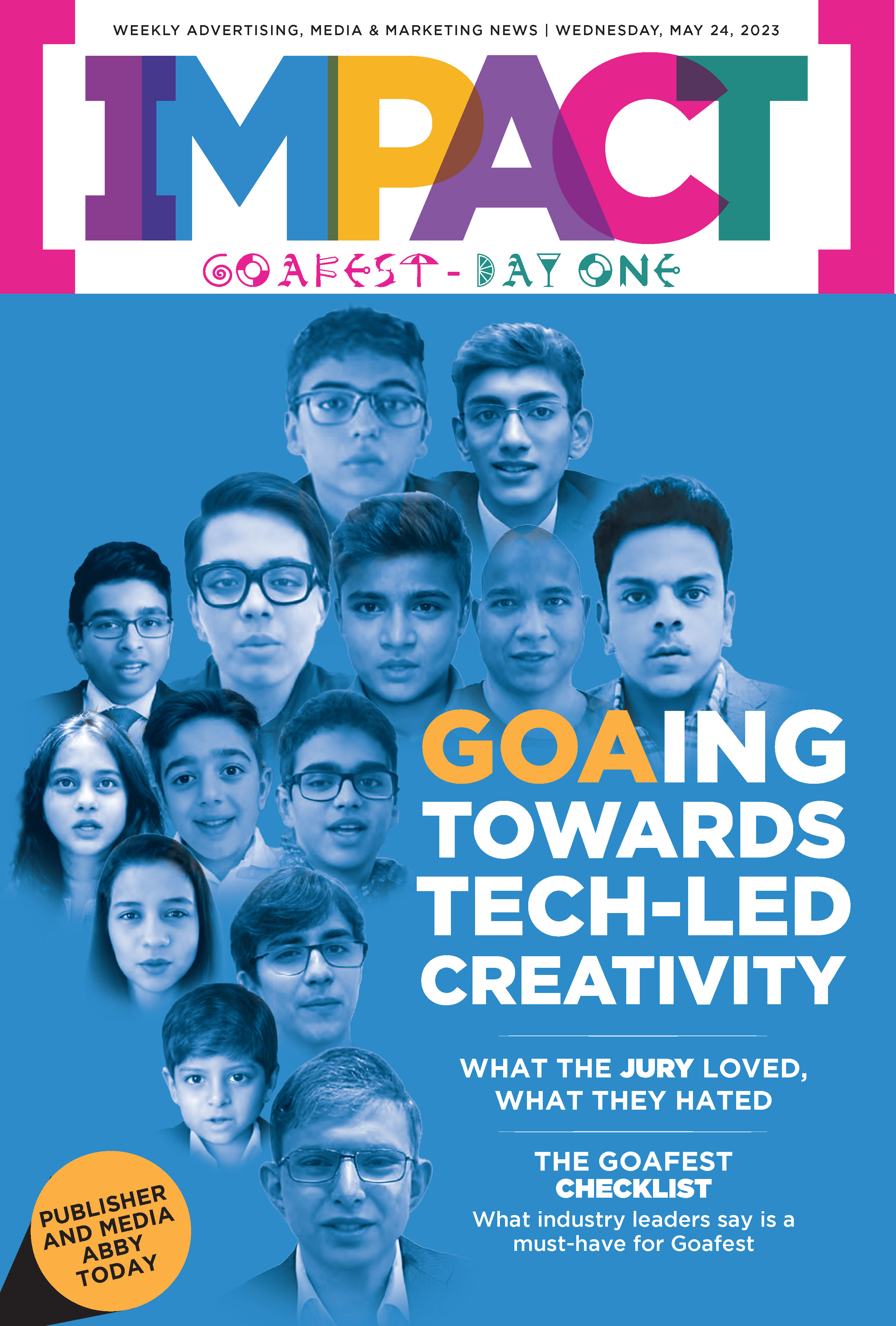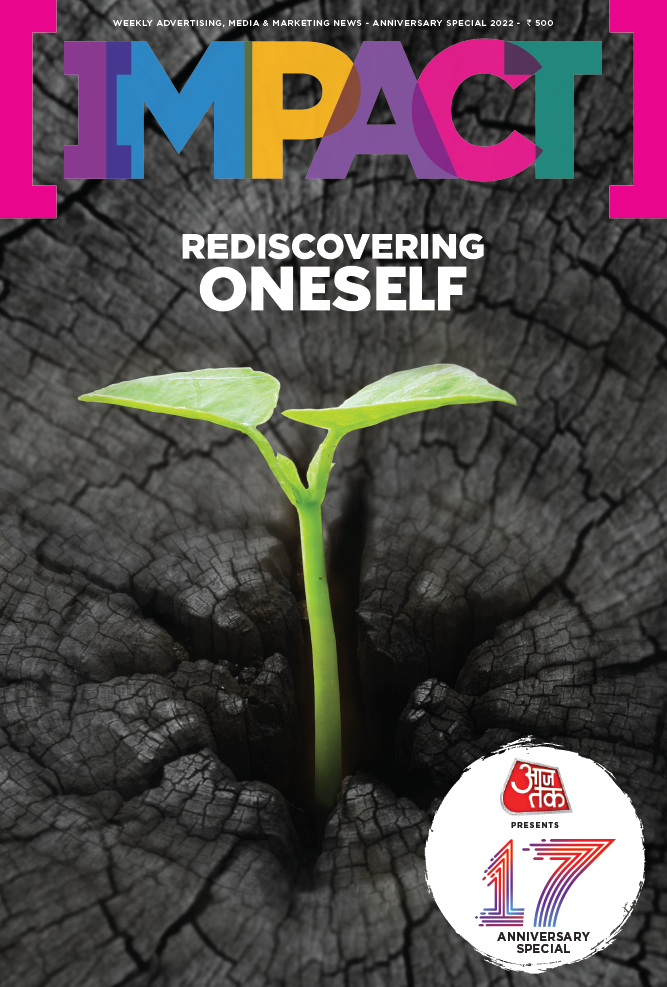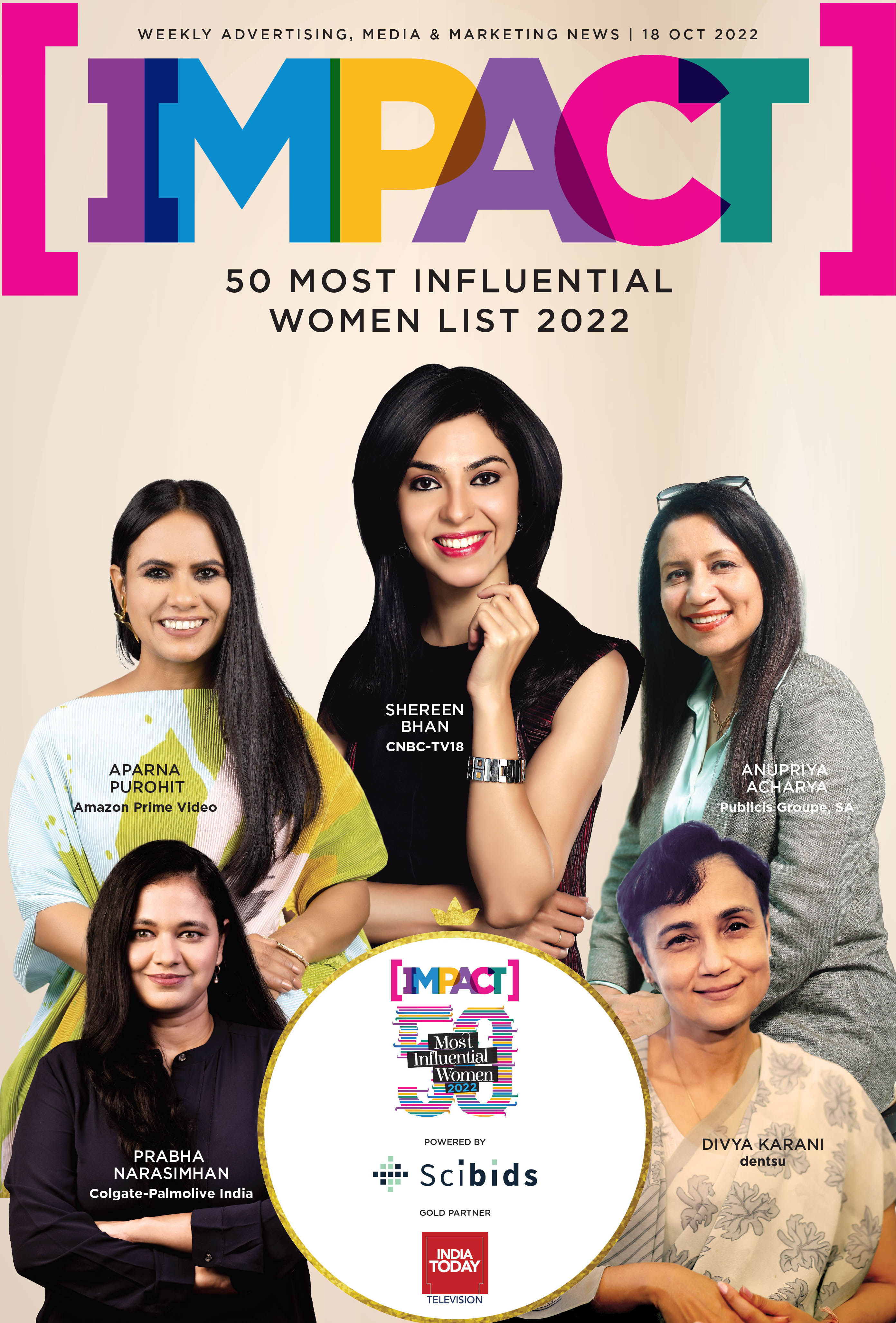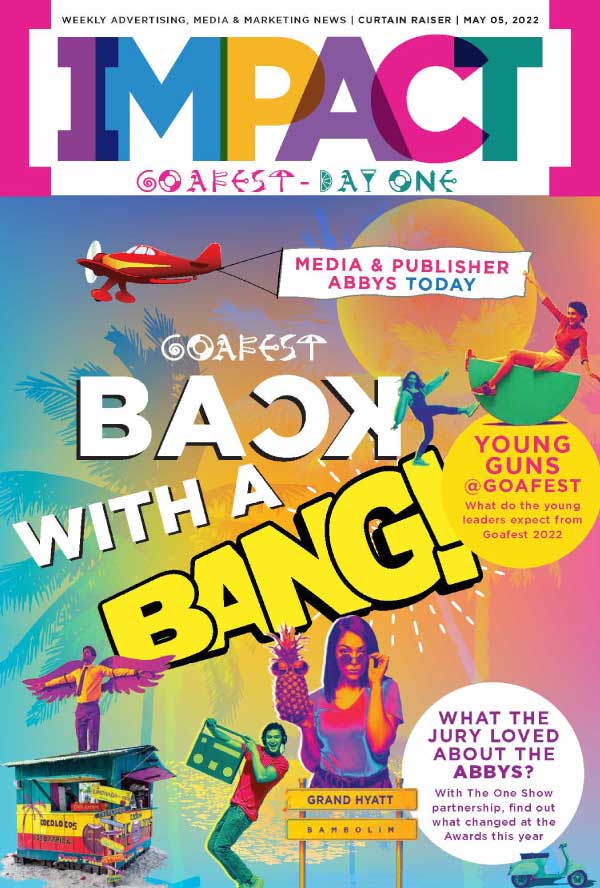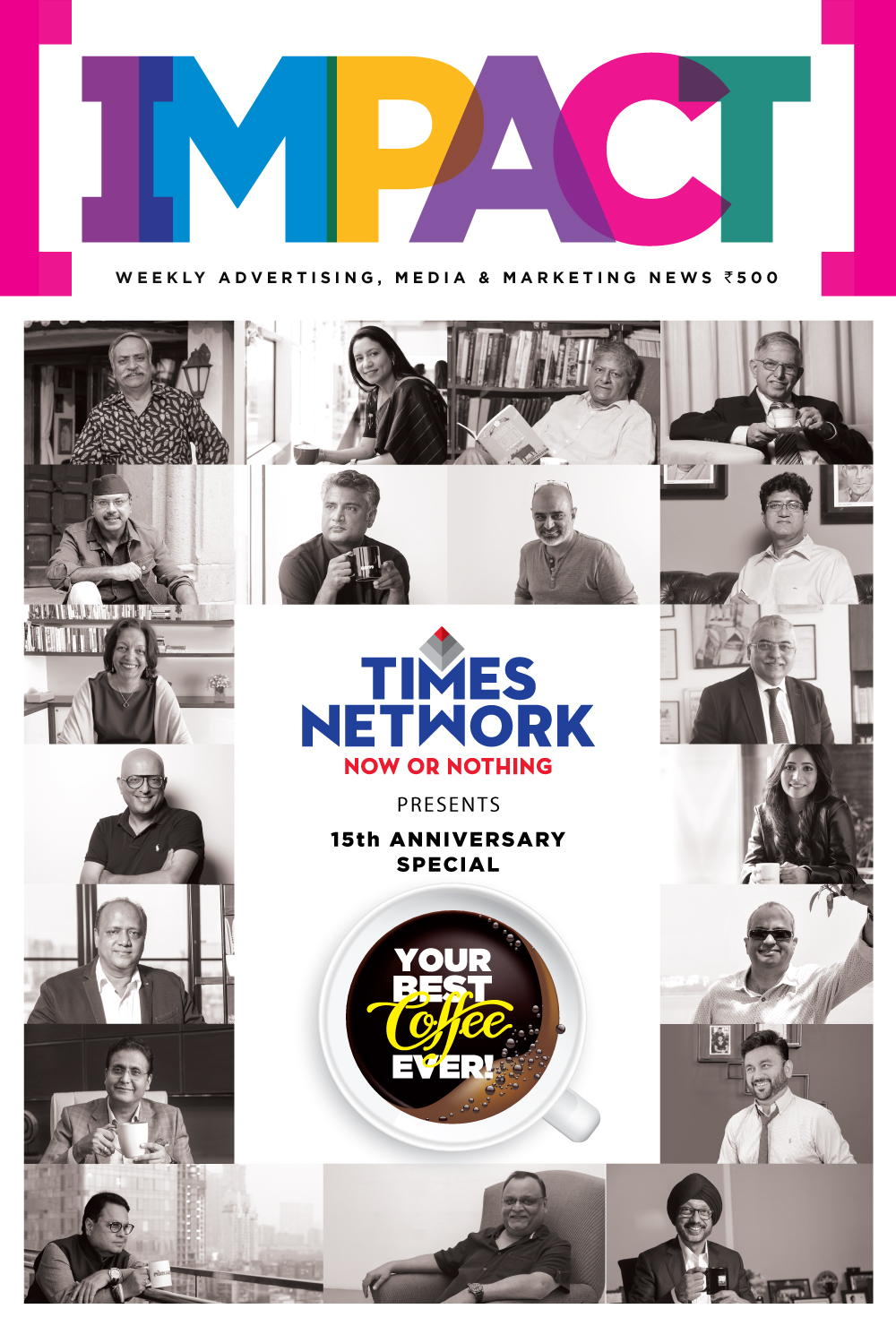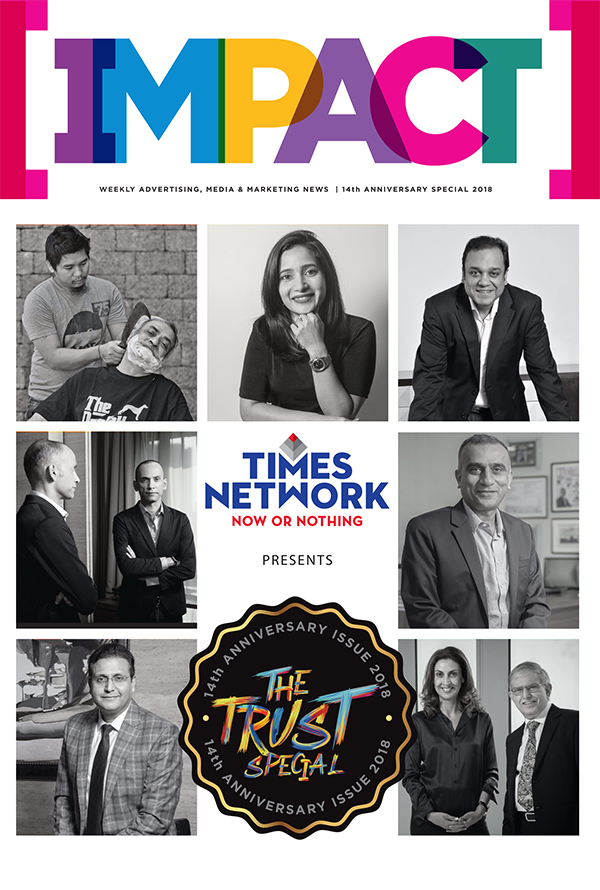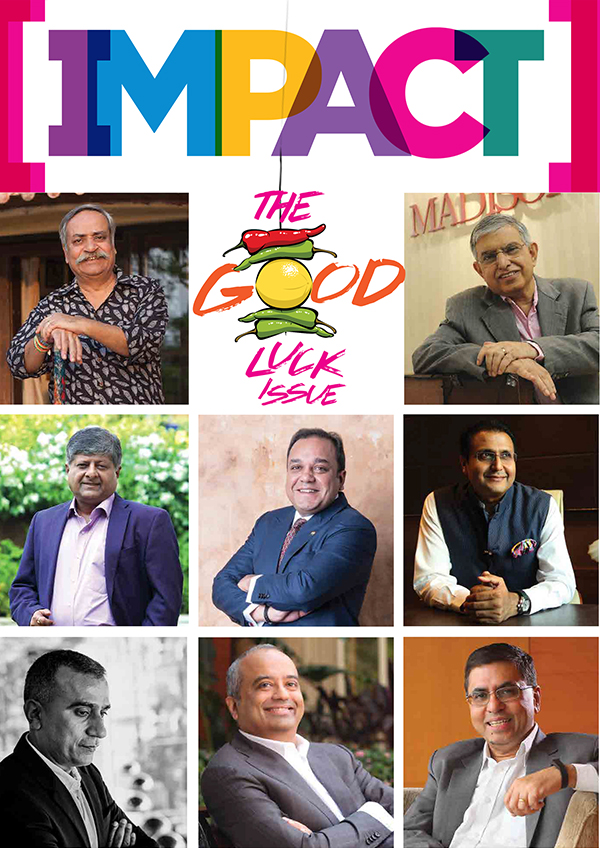They've danced, memed, delivered food, and even given health advice. From Amul's iconic girl to Duolingo's cheeky green owl, brand mascots have moved far beyond cereal boxes and detergent packs. Zomato and Swiggy have turned their delivery boys into pop culture symbols. Vadilal gave us the animated, chill-loving Vaddy, Air India’s Maharaja, and Vodafone’s ZooZoos have been iconic parts of Indian advertising history, proving that a mascot can sometimes do what a celeb can't - stick in your memory.
Mascots today are no longer mere marketing gimmicks. They are avatars of brand ethos, voices of community, and sometimes, full-blown digital celebrities. Whether it’s a food delivery app or a healthcare provider, mascots now represent tone, identity, and values, often more effectively than spokespeople or celebrities.
Alekhya Chakrabarty, Head of Marketing and Growth, Unstop, explains why they introduced not one, but two mascots. Rookie and Pookie. “We weren’t just building a brand, we were building a community. For that, we needed faces (or rather, personalities) that Gen Z could vibe with,” he says. Rookie represents the typical Gen Z student: curious, still figuring life out, and full of potential. Pookie is his chaotic, witty partner-in-crime.
The dynamic duo appears everywhere, from life-size cutouts at events to newsletters. Chakrabarty adds, “We’ve had students at top campuses refer to Unstop as ‘the one with Rookie and Pookie.’ That’s branding gold.” He explains further that the engagement metrics also support the success of the characters—emails from Rookie or Pookie have higher open rates, and event footfalls increase when they make an appearance.
Meanwhile, beer brand STOK turned its panda mascot into a multi-mood phenomenon. The brand reimagined the cuddly bear into three avatars: Strong, Poised, and Laidback. Each reflects a vibe that resonates with today’s unapologetic youth. Vedant Kedia, CEO & Director, Mount Everest Breweries, says, "We have created a mascot that is more of a chilling buddy who speaks its mind and resonates with the audience like a friend."
Experiential marketing plays a big role. At STOK's house parties, the panda hosts games and hypes up the crowd. Kedia adds, "The mascot’s playful nature helps us build an emotional connection with our audiences." Since the rebrand, content featuring the panda has outperformed benchmarks by 30%.
For Archies, AMA their animated brand mascot, is helping reinvent a legacy brand for a younger audience. "AMA was born out of our desire to move beyond traditional marketing and create a lovable character who not only promotes our brand but also builds a deeper emotional bond with our audience," says Varun Moolchandani, Executive Director, Archies.
AMA’s social media presence includes influencer collabs and meme content. Offline, AMA makes appearances at stores and events, drawing in young kids and Gen Z shoppers alike. “Whenever he visits our stores, children are drawn to him, want to interact and are genuinely excited,” says Moolchandani.
Even serious sectors are getting on the mascot train. Lilavati Hospital introduced Dr. Lila, a warm and approachable digital health guide. "We wanted Dr. Lila to feel like that one doctor everyone remembers not just for what she knows, but for how she makes you feel," says Ahmed Naqvi, Global CEO and Co-founder, Gozoop Group. She gives medical advice, shares festive greetings, and translates complex terms into plain, comforting language.
What’s driving this mascot boom? For one, today’s consumers crave relatability and authenticity. A mascot isn’t just a cute face; it’s a personality that mirrors the user. Gen Z in particular has little patience for brands that sound too polished or inauthentic. Mascots provide the perfect medium for banter, meme-culture participation, and storytelling.
Whether it’s Unstop's Rookie whispering motivational nudges on push notifications, STOK’s panda leading the meme charge on Instagram, or Dr. Lila breaking down dengue myths, these mascots are where emotion meets engagement.
With growing brand affinity and engagement metrics, it won’t be surprising if these mascots get their own spin-offs, merch, or even influencer deals. Many brands are now designing mascots with the long game in mind, evolving them with story arcs, personality shifts, and seasonal updates.
In an era of short attention spans, mascots give brands a sticky, personality-driven hook. And whether they're delivering your food, partying with you, or giving you health advice, one thing's for sure: the age of the mascot is back, and it's a whole vibe.
Now excuse us while we go chill with the STOK panda, take a quiz from Rookie, and DM AMA about our next gift idea. Because when brands bring characters to life, it’s not just marketing, it’s magic.



